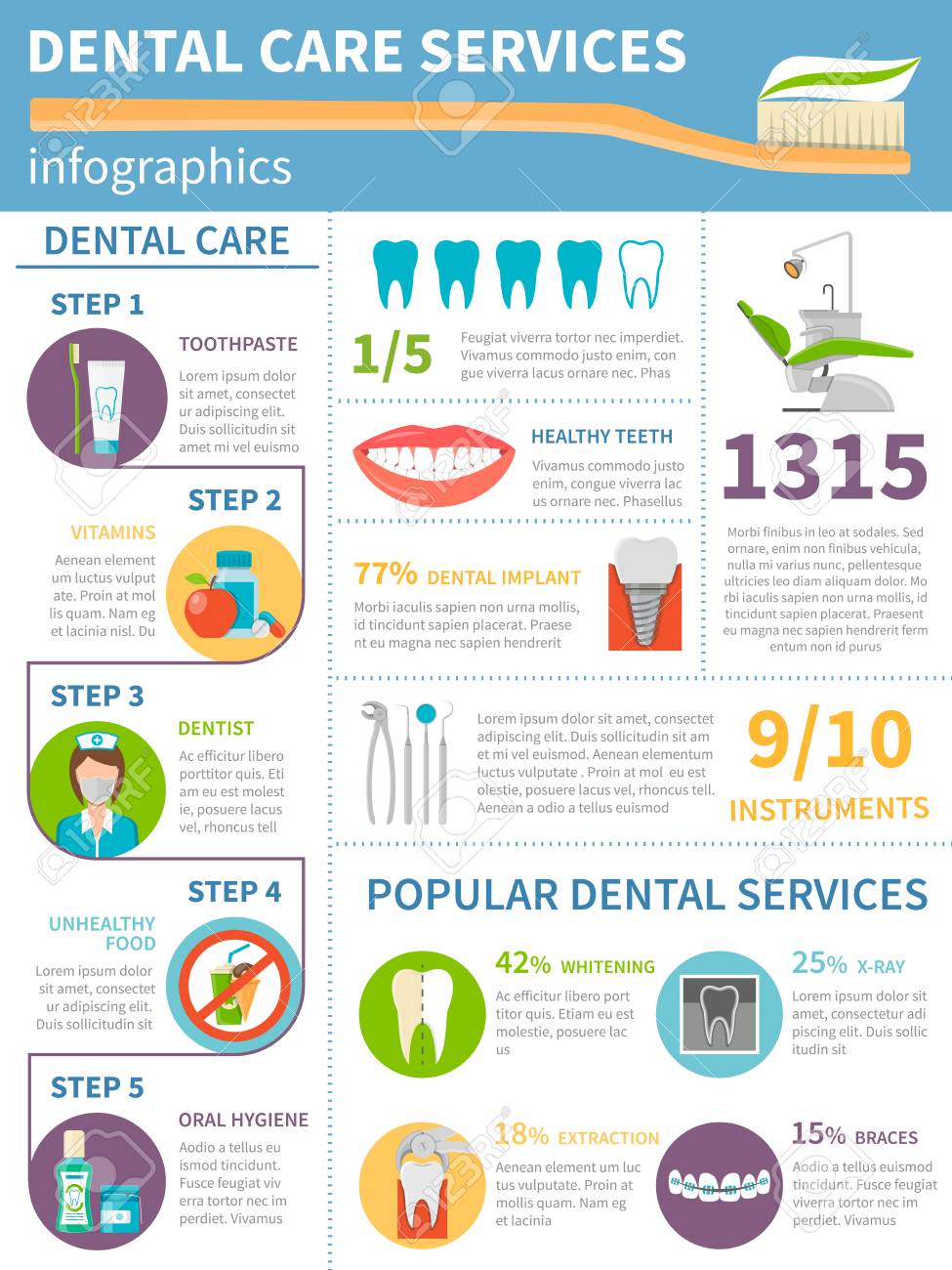Discover The Introducing Developments That Are Transforming The Landscape Of Dental Surgery. Examine The Future Of The Field And Guarantee You Remain At The Forefront. Click Currently For A Sneak Peek Of What Is Ahead
Discover The Introducing Developments That Are Transforming The Landscape Of Dental Surgery. Examine The Future Of The Field And Guarantee You Remain At The Forefront. Click Currently For A Sneak Peek Of What Is Ahead
Blog Article
Authored By-Reeves Browne
Invite to the globe of oral surgery, where technologies and advances are shaping the future of the area! In visit the next document , you'll witness the transformative power of robotics, the advanced wonder of 3D printing, and the game-changing impact of minimally intrusive techniques.
The future of oral surgery holds a promise of accuracy, efficiency, and enhanced patient results. With the help of sophisticated robotics, specialists have the ability to execute intricate procedures with higher accuracy and control.
3D printing modern technology is reinventing the production of oral implants and prosthetics, providing customized options that fit effortlessly into each client's special makeup.
In https://annapolis-oral-surgery39516.develop-blog.com/39852581/oral-implants-for-seniors-what-you-need-to-know , minimally invasive strategies are decreasing post-operative discomfort and healing time, allowing patients to return to their lives sooner.
Prepare to discover austin,tx and developments that are reshaping the landscape of dental surgery!
Innovations in Robotics
One significant development in dental surgery is the use of robot technology, which permits exact and efficient surgeries. With the help of robotic systems, oral surgeons have the capacity to carry out intricate surgical treatments with improved precision, lessening the threat of human mistake.
These robot systems are geared up with advanced imaging innovation and precise tools that make it possible for cosmetic surgeons to navigate through detailed anatomical structures effortlessly. By making use of robot technology, specialists can accomplish greater surgical accuracy, leading to improved individual outcomes and faster recovery times.
On top of that, using robotics in oral surgery enables minimally invasive procedures, reducing the trauma to surrounding tissues and advertising faster healing.
3D Printing in Oral Surgery
To boost the field of dental surgery, you can explore the subtopic of 3D printing in dental surgery. This ingenious modern technology has the possible to transform the means oral surgeons operate and deal with patients. Below are 4 crucial ways in which 3D printing is shaping the area:
- ** Customized Surgical Guides **: 3D printing permits the production of very exact and patient-specific medical guides, improving the accuracy and performance of procedures.
- ** Implant Prosthetics **: With 3D printing, oral specialists can produce personalized implant prosthetics that completely fit an individual's special anatomy, resulting in far better end results and client contentment.
- ** Bone Grafting **: 3D printing allows the production of patient-specific bone grafts, lowering the demand for conventional grafting strategies and enhancing healing and healing time.
- ** Education and Training **: 3D printing can be made use of to develop practical surgical models for instructional objectives, allowing oral specialists to practice complicated procedures before doing them on clients.
With its possible to improve precision, customization, and training, 3D printing is an exciting growth in the field of dental surgery.
Minimally Intrusive Methods
To additionally advance the field of dental surgery, welcome the possibility of minimally invasive techniques that can significantly profit both cosmetic surgeons and patients alike.
Minimally intrusive methods are changing the field by reducing medical trauma, reducing post-operative discomfort, and accelerating the recuperation procedure. These strategies include using smaller sized incisions and specialized tools to perform treatments with precision and effectiveness.
By using sophisticated imaging technology, such as cone light beam calculated tomography (CBCT), cosmetic surgeons can properly plan and carry out surgical procedures with minimal invasiveness.
In addition, using lasers in dental surgery allows for exact cells cutting and coagulation, causing minimized bleeding and minimized healing time.
With minimally invasive techniques, clients can experience much faster recuperation, reduced scarring, and boosted end results, making it a necessary aspect of the future of dental surgery.
Final thought
So, as you can see, the future of dental surgery is unbelievably appealing, with interesting developments and advances shaping the area.
From the developments in robotics to making use of 3D printing and minimally intrusive techniques, oral doctors are reinventing the way they offer treatment.
While some might worry about the possible price associated with these advancements, it is necessary to remember that these modern technologies eventually boost person outcomes and lower healing time, making them well worth the financial investment in the future.
